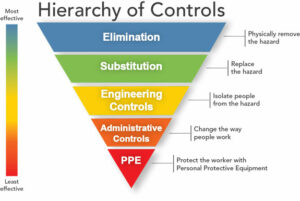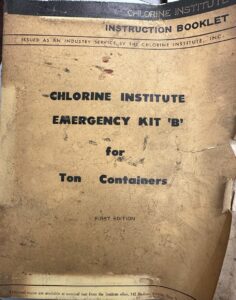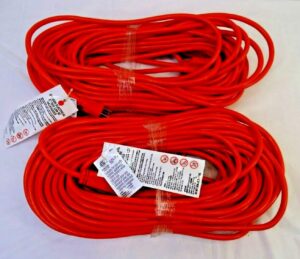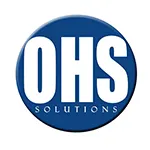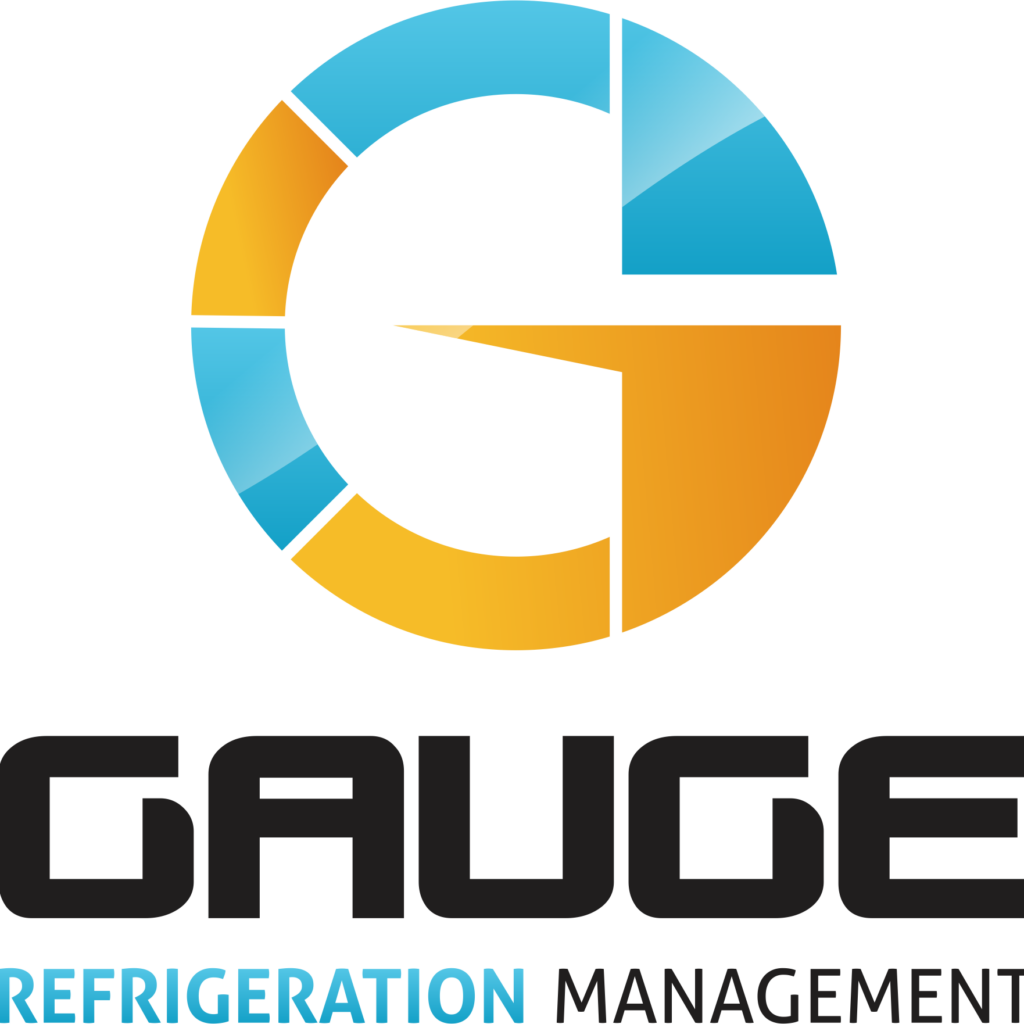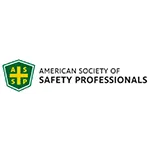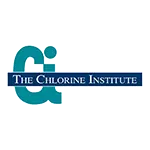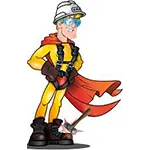CLICK HERE to Renew your Membership
CLICK HERE for a NEW Membership
CLICK HERE to see eligibility requirements for FREE Membership
If you have any questions, please contact me
We offer:
- Over 17,600 categorized unsafe acts/conditions and accident/injury photos
- Over 1,450 ppt's & doc's
- Over 3,975 technical articles on Process Safety & Occupational Safety & Health matters
- Over 450 videos
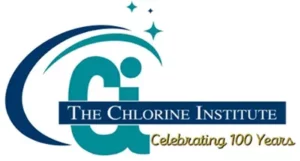
I am proud to announce that have extended our”Partners in Safety” agreement for another year (2025).
CI Members, send me an e-mail to request your FREE SAFTENG membership.
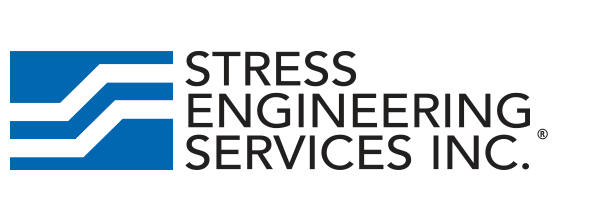
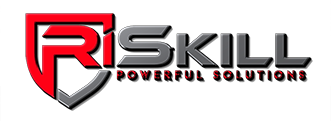



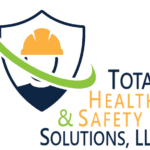


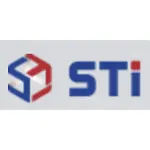

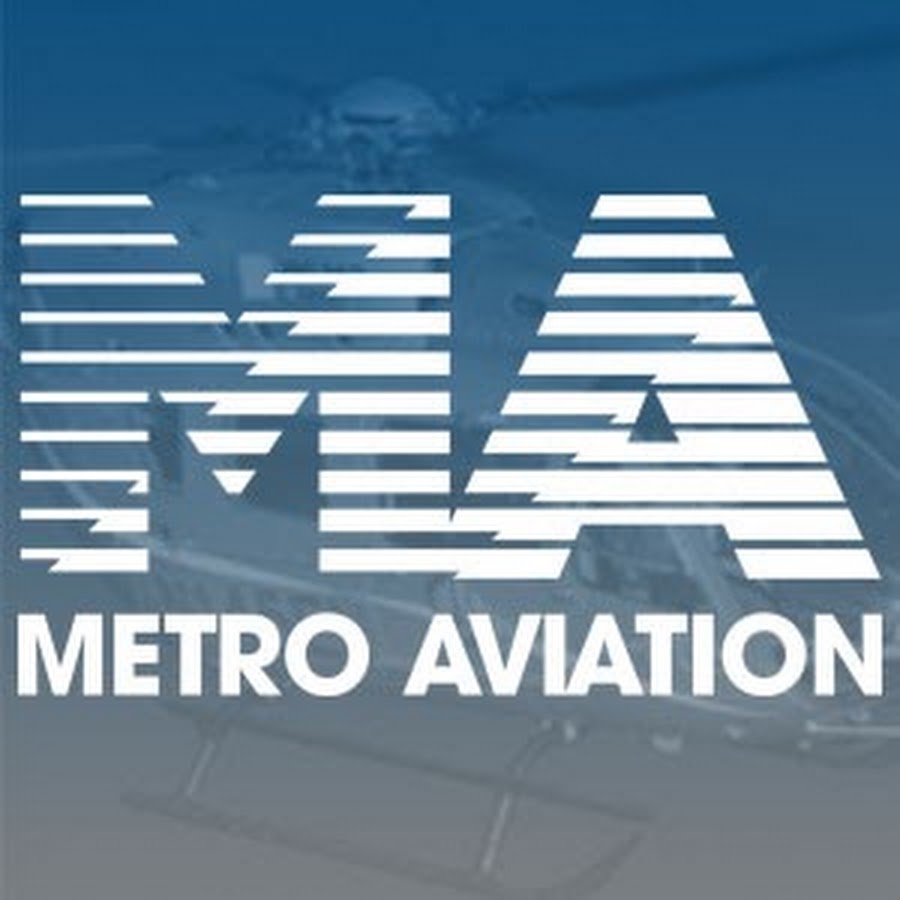
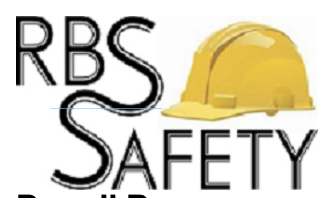

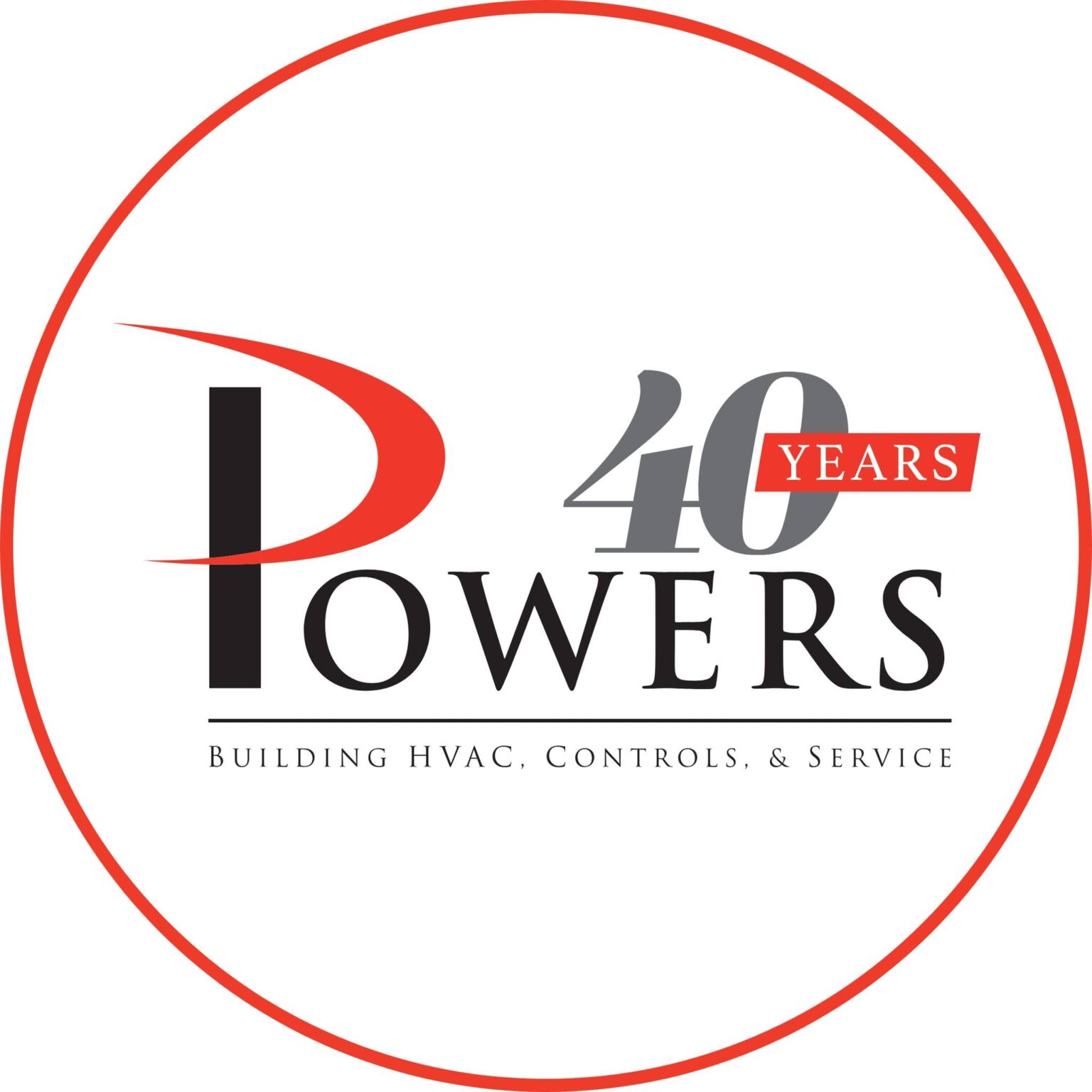
August 6, 2023
The conditions that increase the risk of violations can differ from those that produce errors. Violations are often associated with time pressure, poor procedures, poor supervision, and shortages of equipment or spares. The table below shows some reasons people gave for not following procedures in one study.
…
HomeRead More »
Read More
August 6, 2023
Some error-producing conditions are more powerful than others. The table below shows estimates of how different conditions create the risk of error. Poor instructions or procedures are said to triple the rate of error. Lack of experience with the task is estimated to result in a 17-fold increase in the risk of error.
…
HomeRead More »
Read More
August 6, 2023
If we aim to learn from the error and to lessen the chances of it happening again, we need to consider the organizational context that surrounds the person’s action, including equipment, procedures, people, the environment, and management.
There are two aspects to managing error:
…
HomeRead More »
Read More
August 6, 2023
When an organization has identified hazards and established the risks those hazards pose, it must have a process(es) in place to ELIMINATE hazards, or where this is not possible, to reduce the risks associated with the identified hazard(s), using the hierarchy of controls. At the top of the hierarchy of controls is ELIMINATION. This is the most effective way of managing risks associated with identified...
Read More
August 6, 2023
Earlier this year, I wrote about using the old ANSI/ASSE Z590.2-2003 (R2012) Criteria for Establishing the Scope and Functions of the Professional Safety Position standard when establishing the scope, function, role(s), and responsibilities of the organization’s safety professionals. This older standard does an excellent job of keeping things simple and provides a nice framework from which...
Read More
August 6, 2023
“It is important to establish the difference between leadership, which is acquired, and authority, which is assigned. An optimal situation exists when the two are combined. Leadership involves teamwork, and the quality of a leader depends on the success of the leader’s relationship with the team. Leadership skills should be developed for all through proper training; such training is essential...
Read More
August 6, 2023
A little trivia/history for the Chlorine/CHLOREP ER fans…
What year was the first Emergency B-Kit available?
Hint: it is 2-weeks older than I am!
Answer below in images…
…
HomeRead More »
Read More
August 6, 2023
If there is one device that causes more electrical issues in workplaces, it has to be electrical extension cords. There are few audits in our 20+ years of business where we did not find multiple concerns around the use of electrical extension cords. These issues generally center around either their IMPROPER use or the cords being damaged in some way. One of our sources to write our findings comes...
Read More
August 6, 2023
The protection provided by the 2021 IFC is to prevent flammable and combustible liquids from becoming ignited. This is accomplished by one or more of the following layers of protection:
…
HomeRead More »
Read More
August 4, 2023
I was asked to participate in a serious flash fire accident cause and origin investigation earlier this year. The worker received severe injuries from the flash fire; they survived with life-altering injuries to their lower extremities. The flash fire involved Acetone vapors from a manufacturing cell, an office chair, and a plastic chair mat. Can you guess the ignition source? ...
Read More
August 3, 2023
Safety may be a skill that can be acquired over the years, but it is FIRST a PASSION to serve others that burns inside us. A PASSION dedicated to the men and women we are given the PRIVILEGE TO PROTECT. The men and women who do the dirty and dangerous work. Safety is ALL about them, their families, and their loved ones. We carry a tremendous responsibility in society, one that is also an honorable...
Read More
August 3, 2023
As of July 28, 2023, Congress has allowed the statutory authority for the Chemical Facility Anti-Terrorism Standards (CFATS) program (6 CFR Part 27) to expire. Therefore, CISA cannot enforce compliance with the CFATS regulations at this time. Due to this lapse in statutory authority, CISA cannot enforce compliance with the CFATS regulations. Access to the Chemical Security Assessment Tool (CSAT) 2.0...
Read More


